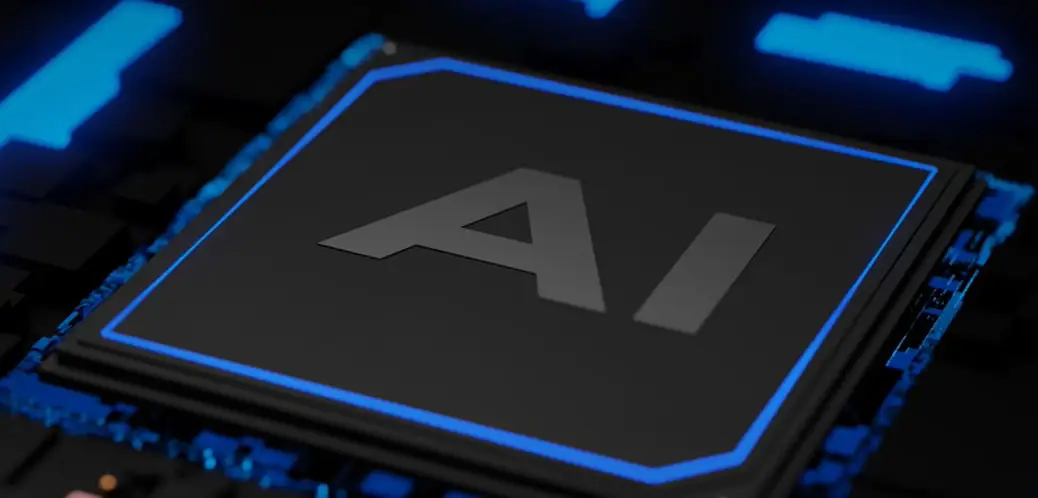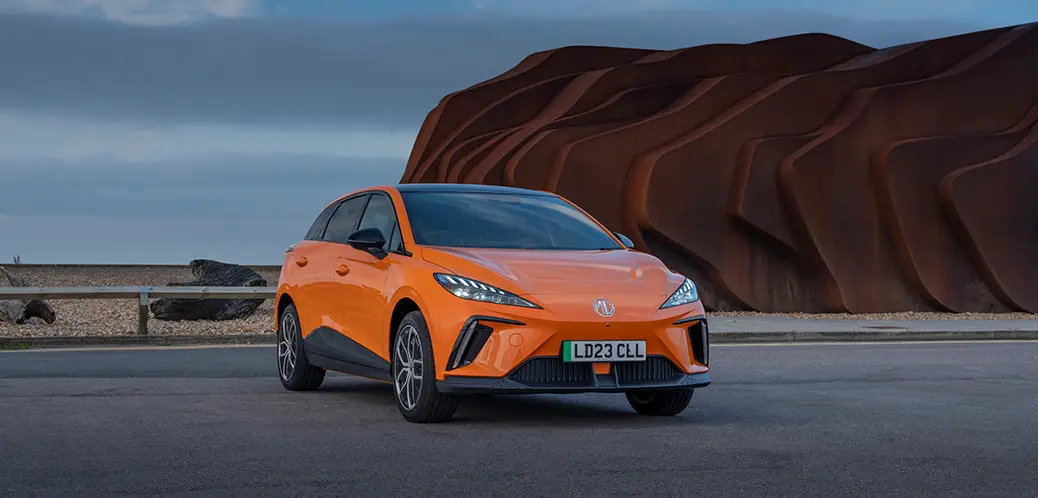- D2H releases images of two new body styles for affordable, zero-emissions-in-use Tuk-Tuk replacement
- Durable chassis advances safety in combination with a lightweight design
- Talks underway to establish a prototype programme for the modular, low-cost chassis
D2H Advanced Technologies, the UK-based specialist engineering and technology company developing an innovative new, low cost electric vehicle (EV) chassis, has unveiled a durable, lightweight body concept for the chassis. The vehicle is being designed as an emissions-reducing option for markets in India, Asia and South America, replacing the traditional Tuk-Tuk. Two low cost options, flat-bed and box-van, have been shown for the modular platform, providing a solution for a range of uses.
The project was initially part-funded by Innovate UK’s IDP15 scheme, which provides funding for industry-led research into on-vehicle technologies that accelerate the transition to zero emission vehicles globally. D2H is now in talks with a number of potential partners in order to progress to prototype stage.
“The bodywork options demonstrate the versatility of the lightweight new EV chassis – there is a configuration suitable for any use and all at a similar, projected low-cost price point that directly competes with existing Tuk-Tuk alternatives,” says Matthew Hicks, D2H Engineering Director. “We identified a need for a lightweight EV chassis for use in India and Asia in particular, but which could make a significant contribution to the global fight to reduce emissions. A detailed design study has ensured that the chassis is able to provide a range of configurations that offer a solution to every need in extremely demanding markets. At D2H, we have the perfect blend of expertise to develop a truly revolutionary lightweight vehicle.”
The chassis utilises a fibre-reinforced thermoplastic polymer, which is durable and lightweight. The final design, although meeting L7E Heavy Quadricycle EU classification which exempts it from crash test assessment, provides significantly enhanced safety standards when compared to traditional alternatives. Motive power, while still in the design stages, is intended to provide the 480kg vehicle with up to 12 hours of continuous use on a single charge. The front-wheel drive chassis will be driven by a front-mounted motor with battery packs either between the rear wheels or mounted mid-chassis, depending upon range and configuration.
“Getting to the prototype stage will be a significant milestone,” concludes Hicks. “Our modelling tells us the chassis design will do everything we ask of it, but we are looking forward to seeing everything come together into a physical vehicle.”




